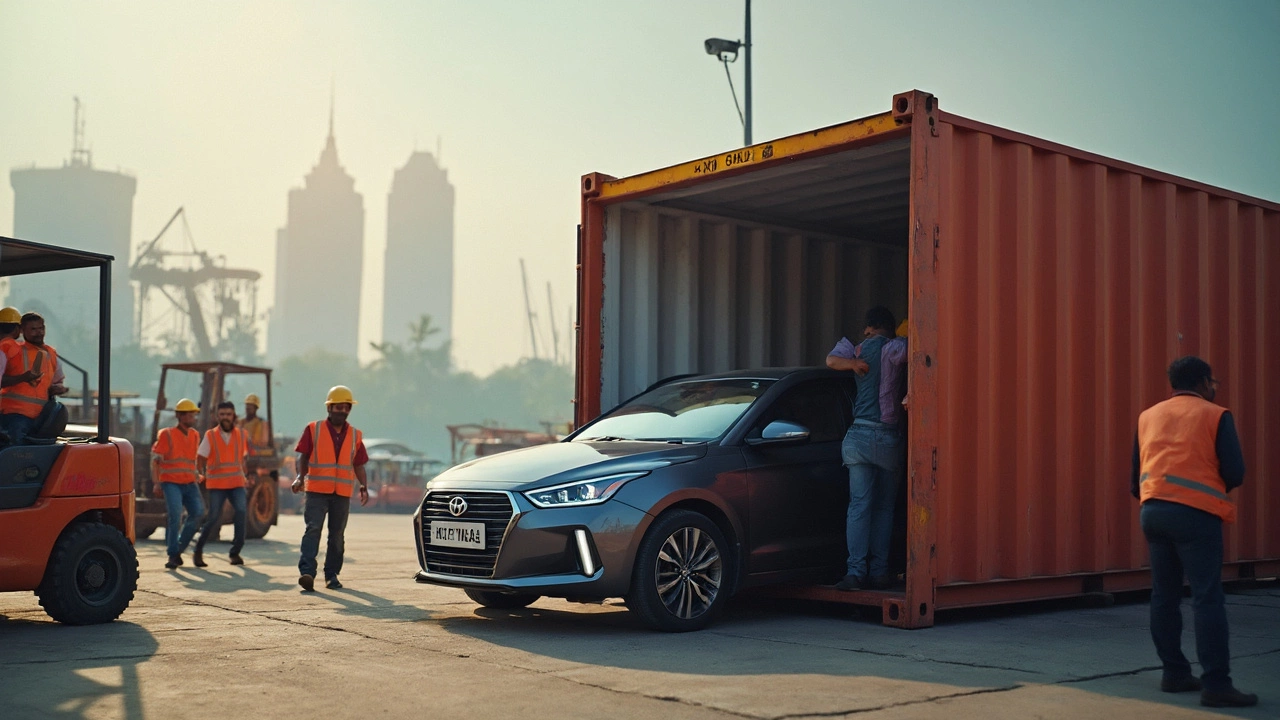EPA Compliance: Guiding Manufacturers Through Environmental Rules
When dealing with EPA compliance, the set of U.S. environmental standards that factories must follow to limit pollution and protect health, companies face a mix of paperwork, technology upgrades, and ongoing monitoring. Also known as Environmental Protection Agency regulations, it touches everything from air emissions to waste disposal.
Key Areas Shaped by EPA Rules
A big part of staying compliant is managing plastic waste, the discarded polymer materials that can trigger heavy fines if not recycled or treated correctly. Effective plastic waste management not only keeps local landfills cleaner but also satisfies the EPA’s stringent landfill‑leachate and recycling mandates. Likewise, chemical manufacturing, the production of industrial chemicals that often involve hazardous by‑products falls under precise reporting and emission limits. Companies that adopt closed‑loop processes and real‑time monitoring find it easier to meet the EPA’s Toxic Release Inventory requirements.
Heavy industries such as steel production, the sector that emits large volumes of CO₂, SO₂ and particulate matter are another hotspot. The EPA’s New Source Performance Standards dictate stack emissions, so steel plants invest in scrubbers and energy‑efficient furnaces to stay in the green zone. Meanwhile, the fast‑growing semiconductor manufacturing, the high‑tech process that uses toxic solvents and large water loads must comply with clean‑room air quality rules and hazardous waste disposal protocols. Meeting these standards often means installing advanced filtration systems and adopting water‑recycling loops.
All these pieces connect back to the core idea that EPA compliance is not a single checklist but a network of interrelated practices. Whether you’re tackling plastic waste, tweaking chemical processes, upgrading steel emissions controls, or greening semiconductor fabs, the goal is the same: reduce environmental impact while keeping the business viable. Below you’ll find a curated set of articles that dive deeper into each of these topics, offering real‑world examples, data‑driven insights, and step‑by‑step guidance you can apply right away.
